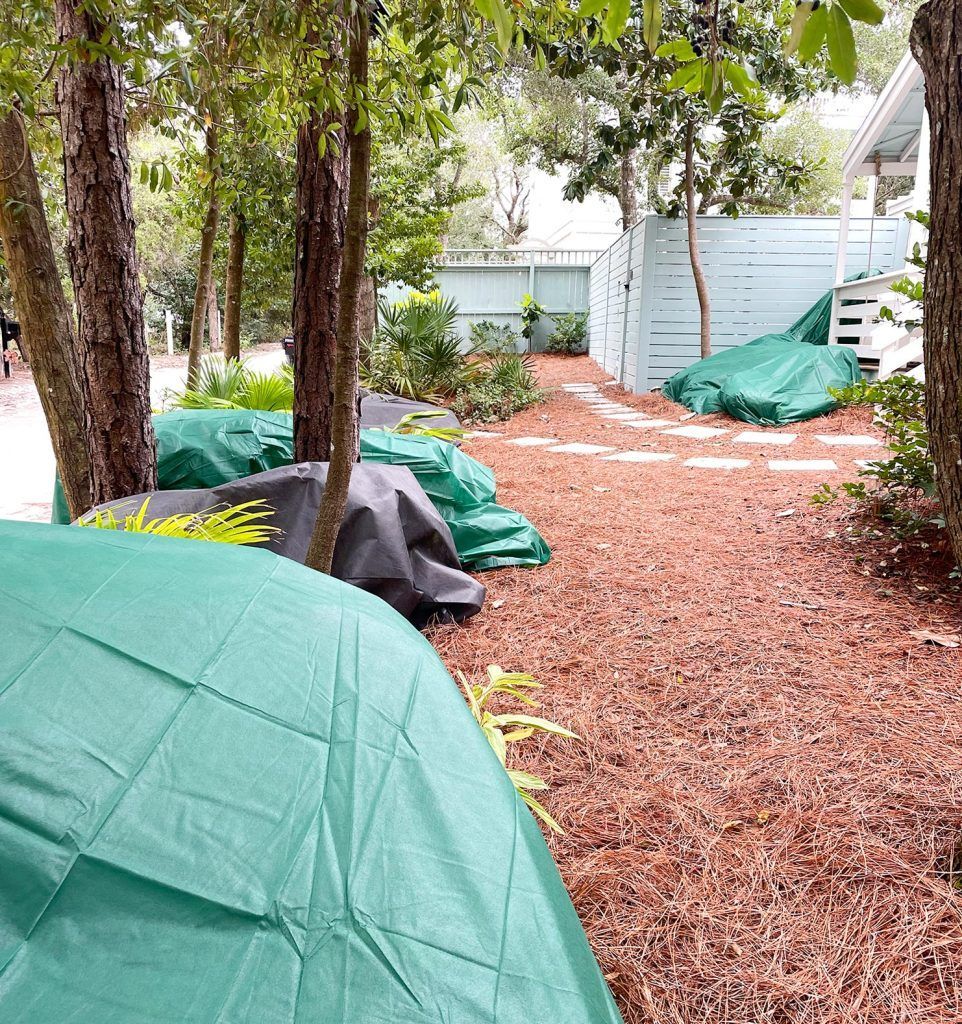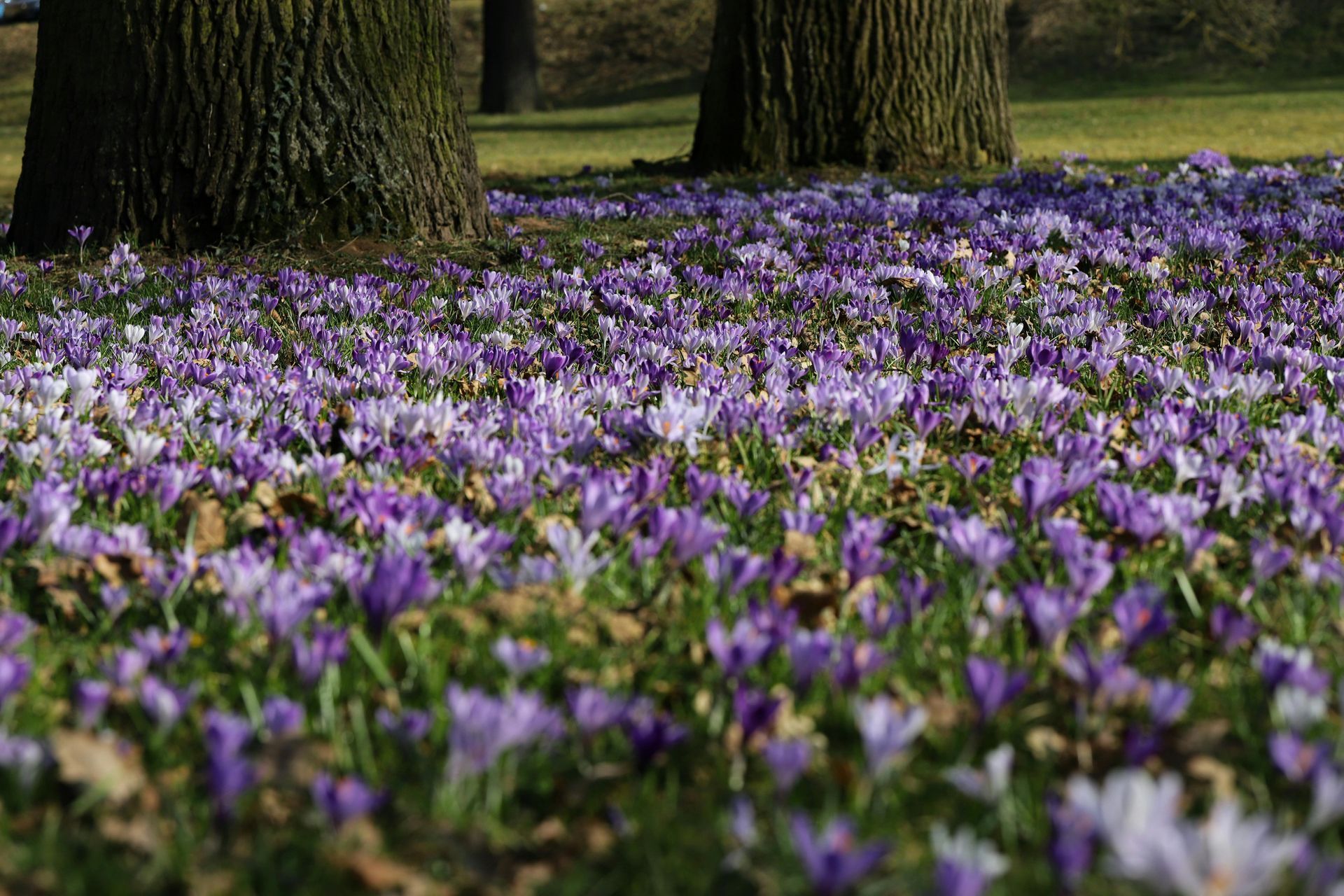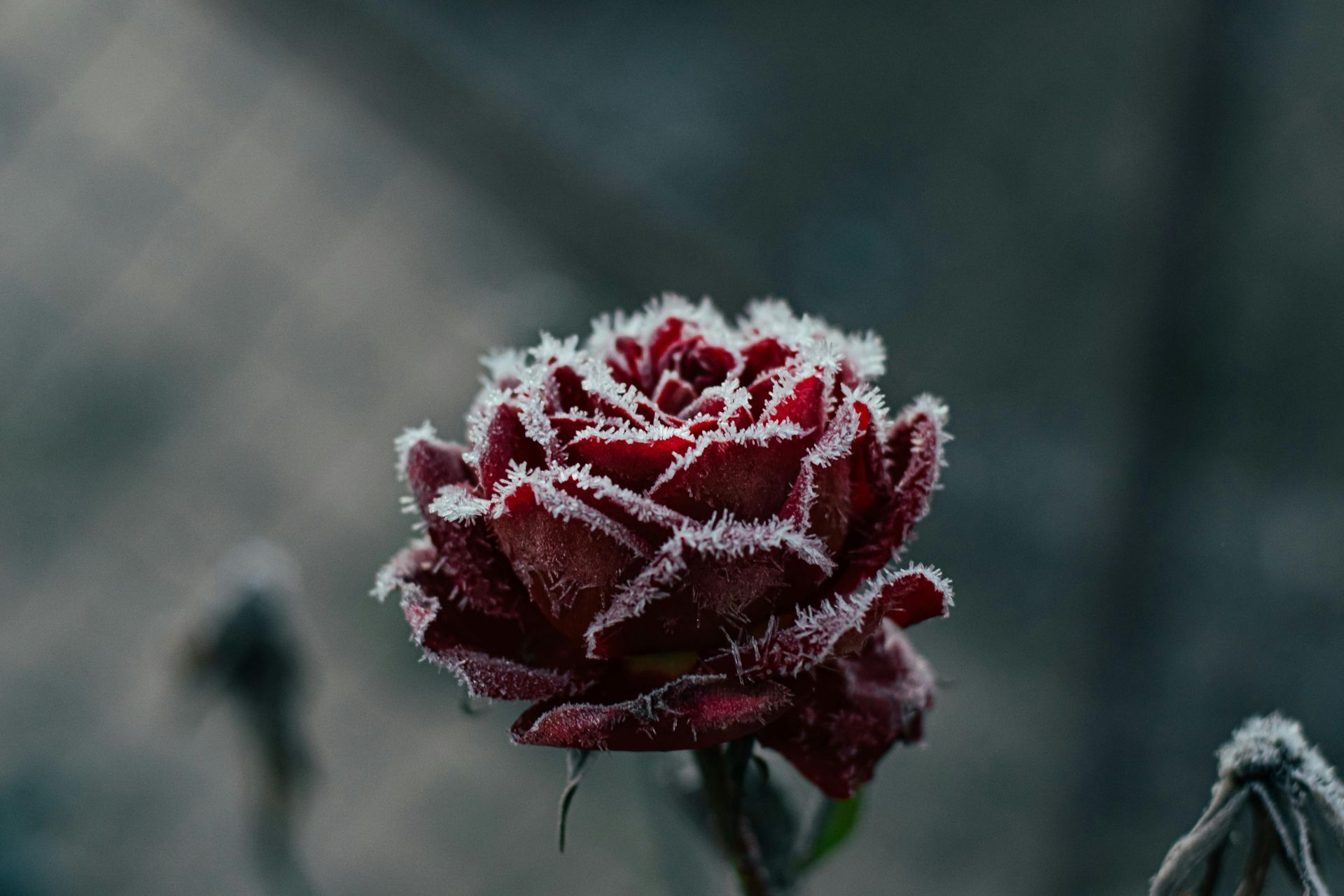How to Protect Your Garden from Frost
Frost can be a gardener's worst enemy. It can damage plants, hinder growth, and even kill your beloved greenery. But fear not; there are ways to protect your garden from the icy grip of winter. In this article, we'll guide you on how to protect plants from frost effectively.
This guide will provide practical tips and DIY solutions. From covering fruit trees to selecting frost-resistant plants, we've got you covered. Whether you're using a frost blanket, frost cloth, or exploring DIY plant cover options, you'll find everything you need to safeguard your garden.
Understanding Frost and Its Effects on Plants
Frost occurs when temperatures dip below freezing. Ice crystals form on plant surfaces, which can cause damage. This is particularly concerning for more delicate or tropical plants.
The harm usually affects leaves, stems, and buds. It disrupts the plant's ability to transport water and nutrients effectively. This can lead to stunted growth or death.
Some plants are more vulnerable than others. Identifying these can help in focusing your protective efforts. Understanding frost damage is the first step in safeguarding your garden.
Photo By: French Creek Farmhouse
Identifying Plants at Risk During Winter
Identifying which plants are at risk during the winter months is crucial for garden protection. Some plants are inherently more susceptible to cold damage than others.
Typically, tropical, young, or freshly planted species are most vulnerable. Recognize which plants need extra care to focus your efforts effectively.
Here's a list of common at-risk plants:
- Young seedlings
- Tropical or subtropical plants
- Newly planted shrubs and trees
Identifying these plants allows targeted frost protection measures. Understanding their specific needs increases their chances of surviving the winter.
Practical Covering Techniques
Covering your plants effectively can prevent frost damage. Choose suitable methods based on plant type and your climate.
Traditional frost cloths offer excellent protection due to their breathable and insulating properties. They’re ideal for shielding all plant types.
Alternatively, gardeners can use materials like burlap, old sheets, or specialized
frost blankets. Each provides a unique level of protection.
Ensure your chosen material is secured properly. This prevents cold air from reaching your plants and increases your chances of success.
How to Cover Fruit Trees from Frost
Fruit trees need special attention during frost periods. Start by draping frost cloth or burlap over them.
Ensure the covering reaches the ground. This traps warmth around the tree, reducing frost risk. Proper draping is key to effective protection.
Using Frost Cloth and Other Materials
Frost cloth is a popular choice for its flexibility and effectiveness. Draping it over plants offers both warmth and air circulation while allowing moisture to escape. As you explore different materials, you may wonder, "Can I use plastic to cover plants?" While plastic can provide excellent insulation, it’s crucial to ensure adequate ventilation to prevent heat buildup, which can harm plants. Alternatively, consider other materials such as burlap or old bed sheets, each with unique advantages ranging from insulation to cost-effectiveness.
DIY Plant Cover Solutions
For a cost-effective approach, make DIY plant covers using household items. Old bedsheets or towels can provide adequate frost protection.
Additionally, large cardboard boxes can shield small shrubs or seedlings. These options are simple but effective, offering quick solutions for urgent frost warnings.
Photo By: Young House Love
The Role of Watering in Frost Protection
Watering plays a crucial role in frost protection. Moist soil retains heat better than dry soil, providing warmth to the root system.
Water your plants in the morning before frost is expected. This simple step helps guard them against freezing temperatures.
Selecting Frost-Resistant Plants for Your Garden
Choosing frost-resistant plants is a smart strategy for winter gardening. These winter plants can endure cold temperatures with minimal frost damage, making them ideal cold weather crops for your garden. Selecting these crops is invaluable when planning a winter garden.
When planning your garden, include plants known for their hardiness. Many can thrive despite chilly conditions, significantly reducing your overall frost protection efforts.
By incorporating these plants, you create a resilient garden that flourishes even in colder months, ensuring beauty and productivity throughout winter.
Post-Frost Care for Cold Damaged Plants
After a frost, some plants may show signs of damage like wilted or blackened leaves. Don't panic; many plants can recover with proper care.
First, prune any dead or damaged foliage carefully. This encourages new growth and prevents disease. Ensure you monitor the plant's health as it gradually regains strength.
Final Thoughts on Winter Gardening
At AAF Landscaping, we believe that winter gardening can be a rewarding experience with the right strategies in place. With a little preparation and care, even the coldest climates can support vibrant gardens that thrive all winter long.
Utilizing appropriate covers such as frost blankets and frost cloth, as well as choosing a variety of frost-resistant plants, can make a significant difference in protecting your beloved greenery from the harsh winter elements. Regular monitoring and adaptation to changing conditions will ensure your garden not only survives but flourishes during the frosty months.
If you're looking for personalized assistance with winter plant protection, including expert advice on frost protection techniques and selecting the
best winter crops, look no further!
Contact AAF Landscaping today to schedule a consultation. Together, we can create a winter gardening plan that keeps your garden flourishing all season long.












